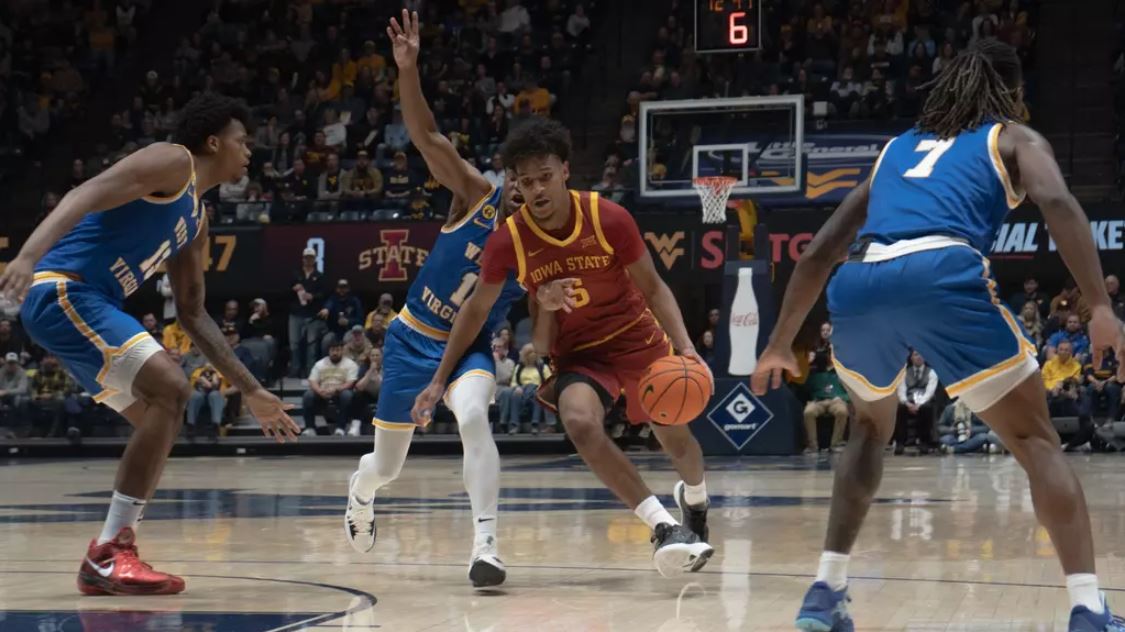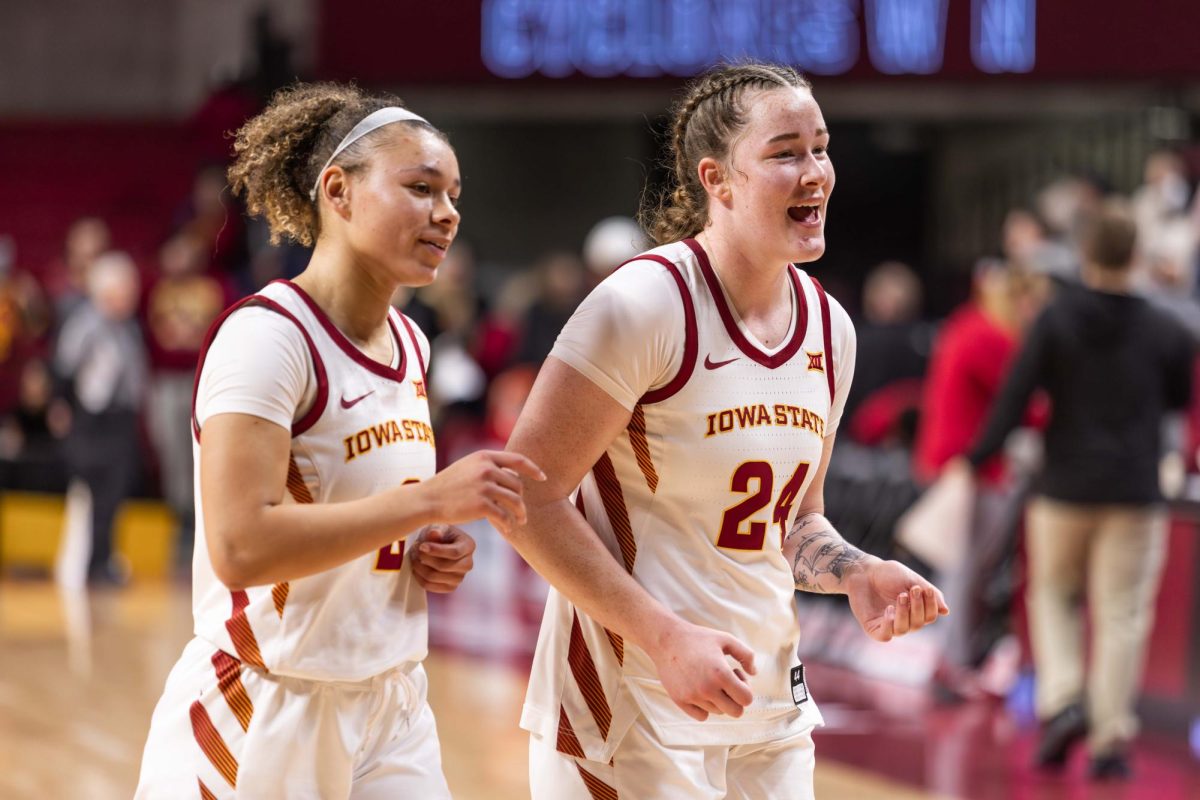Absentee, curbside voting help turnout by disabled
July 7, 2004
Iowa ranks eighth in the nation for voter turnout among people with disabilities, according to the American Association of People with Disabilities.
Nationally, 60 to 70 percent of voters with disabilities do not regularly vote, the association said.
Iowa fared better in the 2000 election than the national average, with 49 percent of people with disabilities and 61 percent of the general population voting.
Story County strives to improve Iowa’s record of voter turnout by disabled people for the upcoming elections, said Mary Mosiman, Story County auditor.
“We have a very diverse community here. We appreciate that, and we want to accommodate in whatever method that we can,” Mosiman said.
According to Iowans with Disabilities in Action, a nonpartisan initiative sponsored by the Governor’s Developmental Disabilities Council, 83 percent of Iowa precincts are accessible for disabled people.
In Story County, accessibility is one of the main criteria in selecting polling places, Mosiman said.
Every precinct contains at least one handicapped privacy booth that is lower and wider to accommodate wheelchairs.
Parking lots have hard surfaces and ramps so people can get to the building easily. Prior to every general election, Mosiman said the county’s polling places are reassessed to make sure they meet accessibility requirements. The polling places are toured again on the day of an election to make sure all required postings and booths are available.
“They have all complied with that admirably,” Mosiman said.
Absentee ballots
Mosiman said voters can find official absentee ballot request forms online at the Story County Web site, www.storycounty.com. The county auditor will then mail the ballot to the voter. After it is filled out and returned, the ballot remains sealed until the day of the election.
Approximately 10 percent of the absentee ballots sent out in Story County are not returned in each election.
Disabled voters can also choose to remain in their cars for curbside voting, with a pre-selected team of one Democrat and one Republican bringing the ballot out to the voter.
The team can provide additional assistance in reading, marking and sealing the ballot. The voter and the team sign a form indicating that assistance was given.
For voters residing in a hospital or health care facility, Story County has a hospital team that provides the same services as in curbside voting.
Jan Bauer has worked as an election official at Memorial Lutheran Church. She said despite her rheumatoid arthritis, she has not had any problems voting.
“Something as simple as uncapping a pen can be difficult, but the election officials provide any assistance needed,” she said.
The Help America Vote Act may also improve voter turnout among people with disabilities, Mosiman said. It was passed after the 2000 presidential election problems, and seeks to improve election procedures.
“The Help America Vote Act is trying to make sure those with disabilities can vote independently, even without the assistance of the team,” she said.






